Record-breaking pace for ASEAN’s trade ambitions
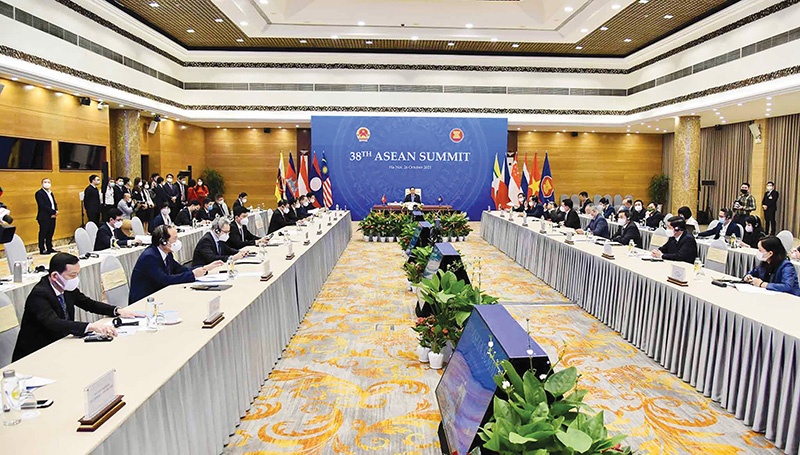 |
| Prime Minister Pham Minh Chinh and Vietnam’s delegation attended the 38th ASEAN Summit, carried out via videoconference, Photo: Nguyen Hong |
All eyes rushed to the 38th-39th ASEAN Summit and related summits organised last week online where a record number of over 100 documents and agreements were inked and adopted. Their prime target was to lift regional nations out of difficulties caused by the pandemic and facilitate the performance of regional businesses, which are the backbone of economic growth.
Following last year, 2021 continues to be a special year for ASEAN as COVID-19 has caused massive difficulties in production, trade, and investment in the region. Therefore, the leaders have mulled over schemes on infrastructure development, improved timelines for better implementation of the ASEAN Investment Area (intra ASEAN investment was $23 billion in 2020), trade facilitation across ASEAN region, and building better health facilities and pandemic infrastructure, as well as working on the three pillars of the ASEAN communities.
Beefing up commitments
One of the biggest outcomes of the event was that the leaders adopted the ASEAN Investment Facilitation Framework (AIFF), which sets out principles and actions to facilitate the inflow of investment into the region.
“We are looking forward to the implementation of the AIFF which is intended to improve accessibility and transparency of investment measures, streamline and speed up administrative procedures and requirements, and create favourable conditions for investment in the region, with a view to enhancing regional economic integration and allowing ASEAN to capture opportunities presented by shifts in global value chains as well as tangible benefits to stakeholders,” stated the chairman’s statement of the 38th and 39th ASEAN summits.
ASEAN leaders also reaffirmed their commitment to keep markets open and ensure the continued flow of trade and investment, particularly for essential products.
The ASEAN summits also expanded the list of essential goods under the MoU on the implementation of non-tariff measures under the Hanoi Plan of Action on Strengthening ASEAN Economic Cooperation and Supply Chain Connectivity in Response to the COVID-19 Pandemic to incorporate 107 tariff lines of agricultural and food products into the list.
“We are also exploring the possibility of extending the lifespan of the MoU, as well as the list of essential goods given the continued uncertainty of the pandemic. This will further ensure the free flow of essential goods in the region and provide support to the private sector in this difficult time,” reads the statement.
Prime Minister Pham Minh Chinh stated, “We need to boost regional cooperation to recover trade and investment inflows, facilitating enterprises to enter regional markets. We must actively remove difficulties for enterprises and people, so that they can soon recover business and production, and stabilise their lives.”
To facilitate intra-bloc investment flows, Vietnam in February approved the fourth protocol amending the ASEAN Comprehensive Investment Agreement (ACIA). The protocol mentioned a prohibition of performance requirements and fundamentals in the Agreement on Trade-Related Investment Measures that were agreed by all members of the World Trade Organization.
This means no member state is allowed to enforce regulations that discriminate against foreign goods from other member states or implement any measure that might provoke obstructions for other member states to invest or conduct trade in the region.
More specifically, members are prohibited to apply quantitative restrictions on the number of goods traded for investors of other members; to impose regulations that discriminate against imported goods in favour of domestic goods; to purchase, use, or grant unfair privileges for domestic goods; to enforce local content requirements on other member’ investors, requiring them to achieve a certain amount of domestic goods or services; and to require investors of other member states to distribute products exclusively to certain markets.
Also to facilitate trade and investment flows within ASEAN, the Vietnamese government on October 18 approved the ASEAN Trade In Services Agreement (ATISA), which has recently taken effect.
The government required relevant ministries to formulate plans that ensure Vietnam’s benefits and commitments with ASEAN, and to review all legal regulations in order to implement ATISA.
Entering into force in October 2019, the ATISA aims at an improvement of the regulatory standards for the services sector in the region, as well as a reduction of unnecessary barriers to services trade within ASEAN, and at increasing the respective regulatory transparency in each member state.
The ATISA is considered a new step in the integration process of ASEAN services. Upon coming into force, the pact will replace the ASEAN Framework Agreement on Services that took effect since 1995.
A favourable climate
Signing the ATISA and updating the ACIA are just some solutions for ASEAN to turn itself into a more attractive destination for trade, especially as the region’s network of partners is increasing and the bloc is boosting its economic recovery.
For the first time, ASEAN has launched its e-brochure titled Investment Opportunities in ASEAN 2021 – Invest in ASEAN: Towards Resilient Growth in the New Normal which was designed by Vietnam’s Ministry of Planning and Investment.
The e-brochure is ASEAN’s initiative and a part of its recovery efforts by inviting the global community to continue investing in the region. It features the major imports, exports, industries, and investment opportunities in ASEAN member states for 2021.
“ASEAN’s strength comes from its diversity which creates vast and varied business opportunities. Strategically located, ASEAN is well positioned to serve as the hub for regional and global multinational companies,” stated the brochure. “As a community, ASEAN member states work together to contain and mitigate the impact of any crisis affecting the region, assuring a stable environment for investment. We welcome investors to take advantage of and tap into the competitive environment and the diverse resources in this region, making it an attractive, free, and open investment destination.”
ASEAN’s economic growth slowed down from 5.2 per cent in 2018 to 4.6 per cent in 2019, and declined 4 per cent in 2020. The rate is expected by the Asian Development Bank to increase 3.1 per cent this year. In 2020, the estimated total GDP of all ASEAN states amounted to about $3.08 trillion.
Statistics from the ASEAN Secretariat revealed that in 2019, ASEAN’s total merchandise trade reached $2.8 trillion, of which 22.5 per cent was intra-ASEAN; and the bloc’s total services trade hit $844.6 billion, with 14.8 per cent being intra-ASEAN.
Meanwhile, according to the ASEAN Investment Report 2020-2021: Investing in Industry 4.0 released in September, foreign direct investment (FDI) flows in 2020 into ASEAN fell 25 per cent to $137 billion, from an all-time high of $182 billion in 2019. Despite the decline, ASEAN remained an attractive investment destination, with its share of global FDI rising from 11.9 per cent in 2019 to 13.7 per cent in 2020.
Total registered FDI into Vietnam reached $404 billion as of October 20. Despite COVID-19, Vietnam lured in the first 10 months of 2021 total registered capital of $23.73 billion.
What the stars mean:
★ Poor ★ ★ Promising ★★★ Good ★★★★ Very good ★★★★★ Exceptional
Related Contents
Latest News
More News
- Development highlights in Q1 through expert’s lenses (April 08, 2024 | 16:48)
- Vietnam logs 17.1 million business cyberthreats in 2023 (April 08, 2024 | 16:34)
- Vietnam now China's top ASEAN trading partner (April 08, 2024 | 16:26)
- Vietnamese businesses grapple with surging exchange rates (April 08, 2024 | 09:59)
- PM outlines 10 socioeconomic achievements in first quarter (April 04, 2024 | 08:00)
- Implementation strategy for new power development plan approved (April 03, 2024 | 15:14)
- Wood sector sees signs of recovery (April 02, 2024 | 06:56)
- Ba Ria-Vung Tau received major investment boost in Q1 (March 29, 2024 | 17:22)
- More chinese solar-tech manufacturers enter Vietnam (March 29, 2024 | 16:10)
- Canadian businesses focus on green energy and agriculture in Vietnam (March 29, 2024 | 10:04)



 Tag:
Tag: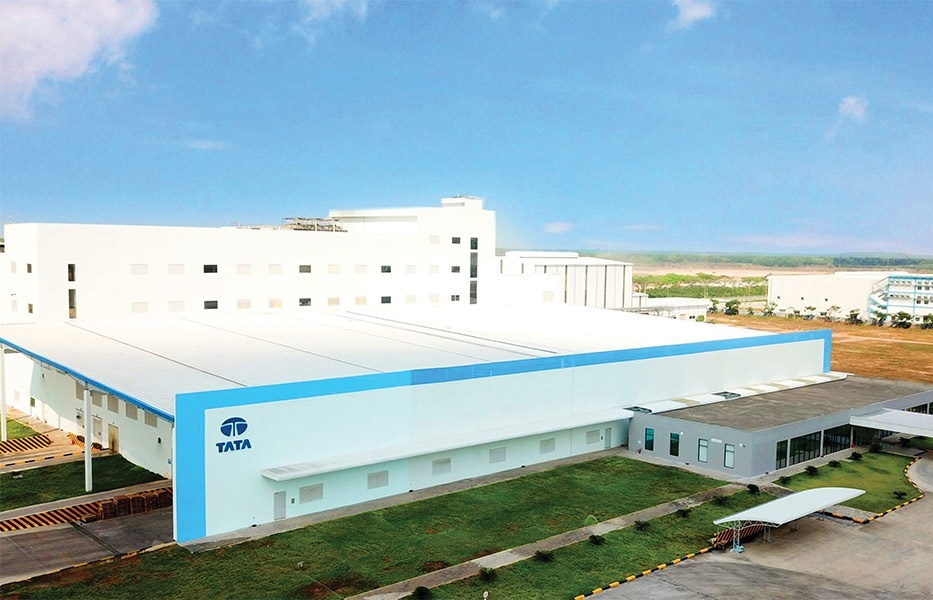
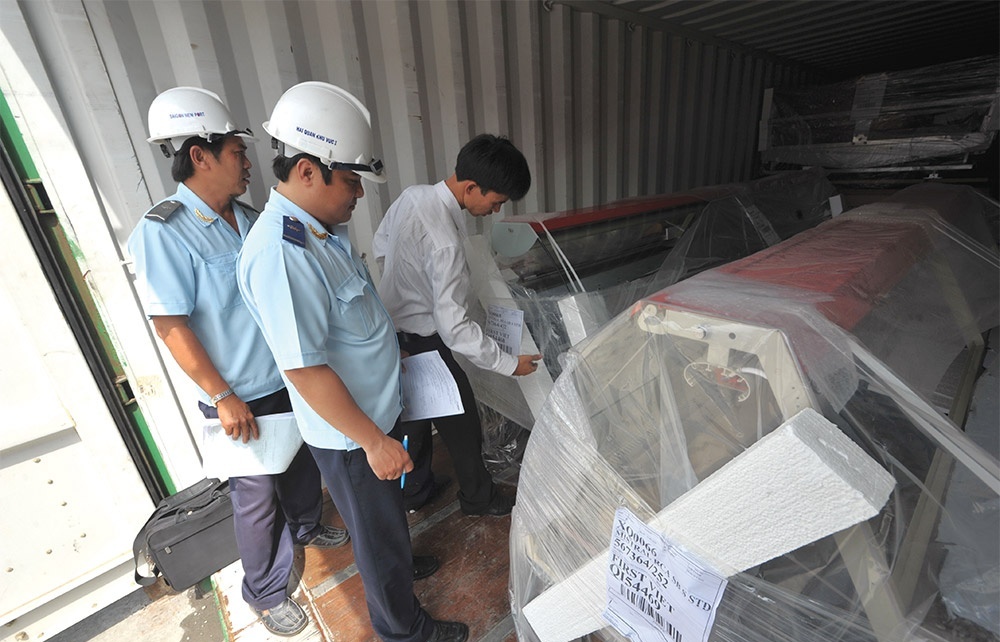
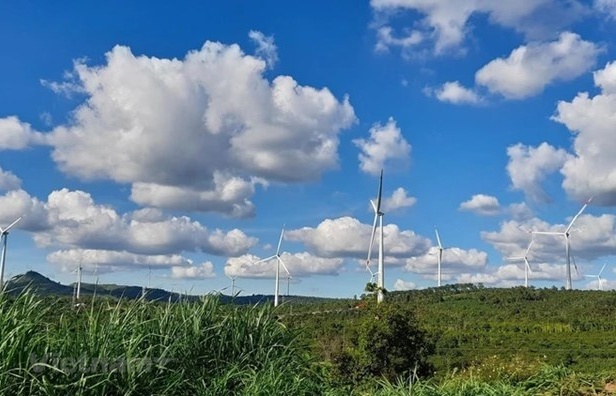
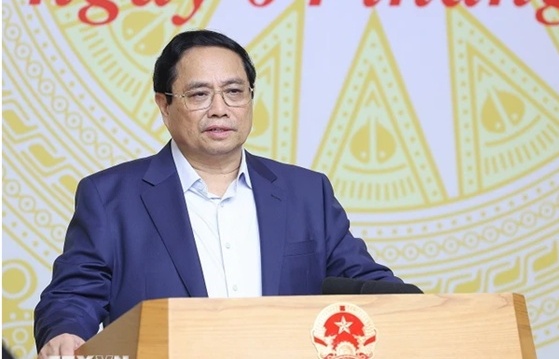

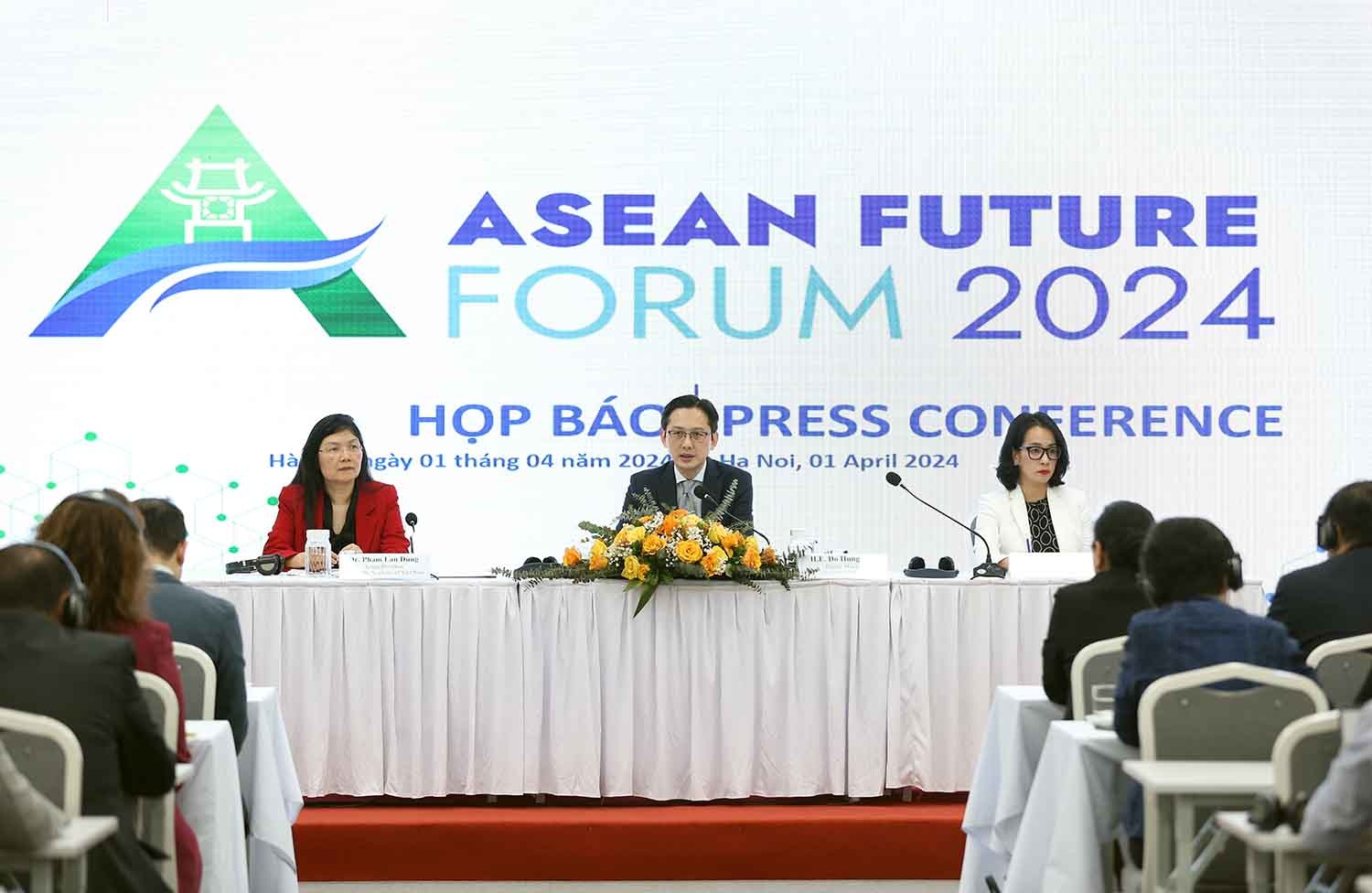



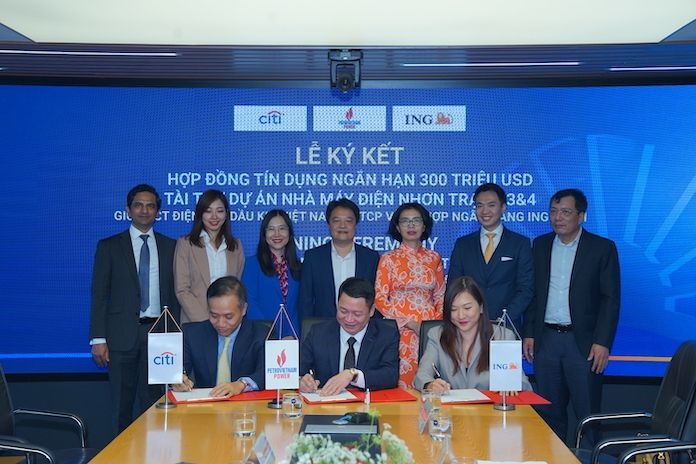

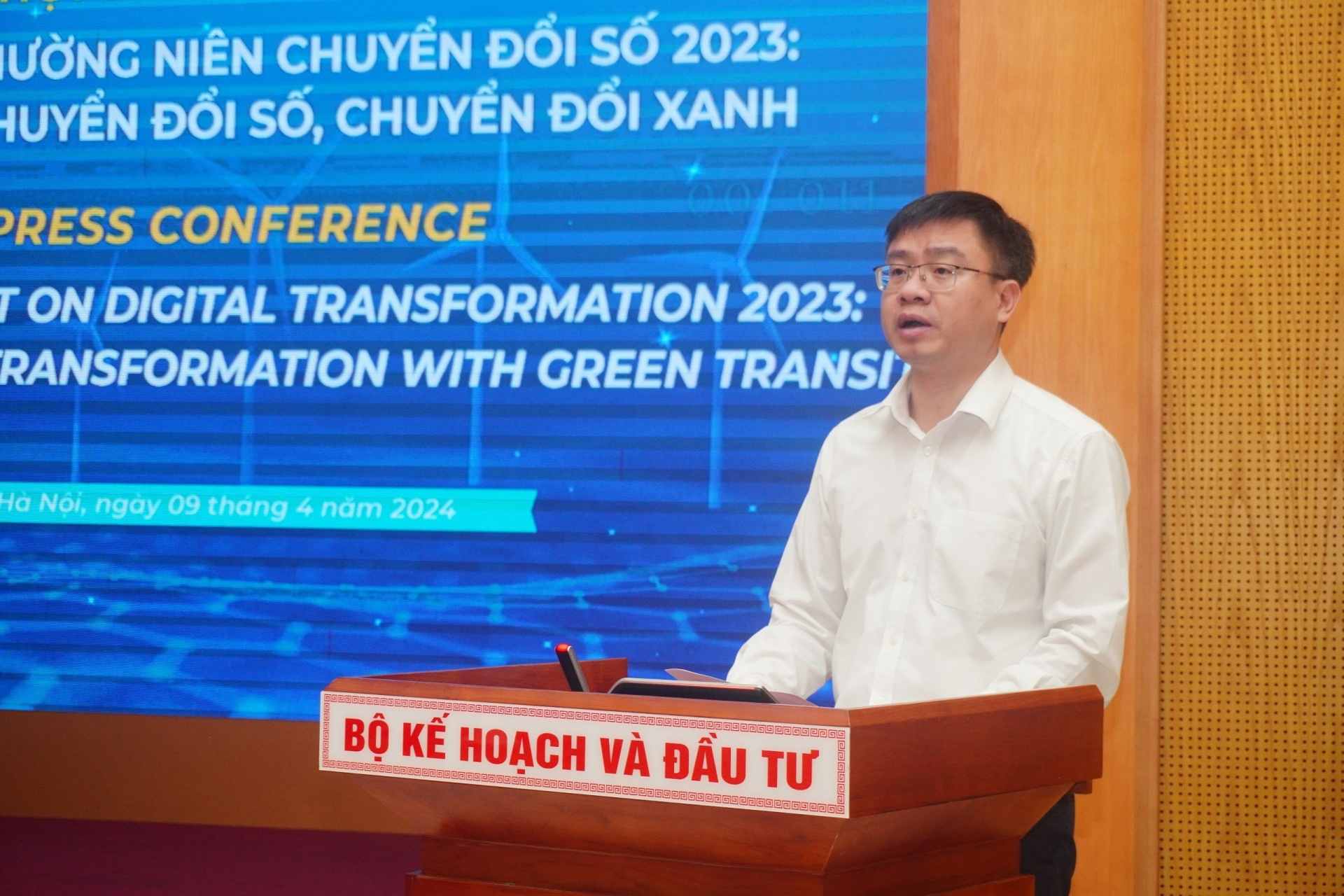









 Mobile Version
Mobile Version